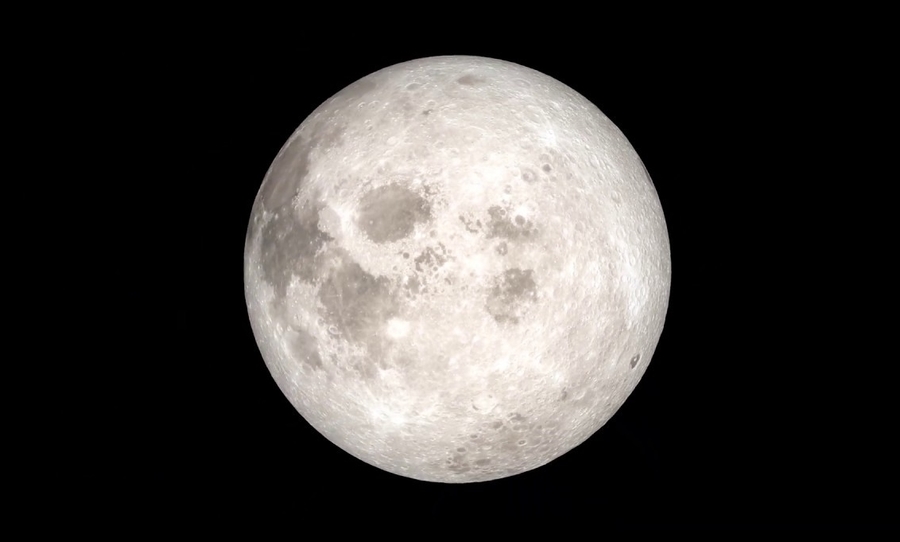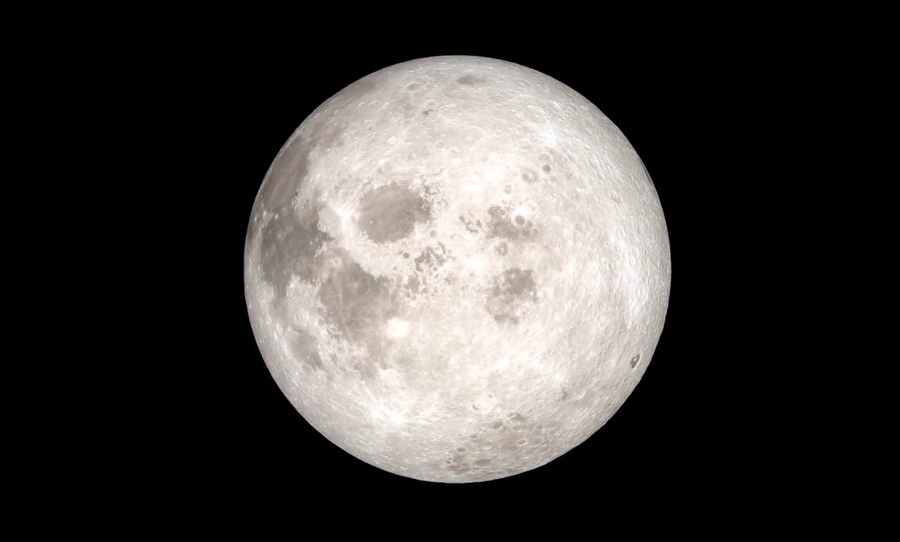Let’s go back to May 5th 1110, a night I’m sure we all remember like it was yesterday.
On this year of miserable weather and ruthless famine, the moon above medieval England failed to show itself. 900 years on, scientists think they have an explanation.

The moon disappeared on May 5th 1110 and it left an England skywatcher confused and probably terrified. Now scientists think they have the answer.
An English skywatcher watched upon a total lunar eclipse 900 years ago, and wrote this in a manuscript titled Peterborough Chronicle: The moon was “so completely distinguished withal, that neither light, nor orb, nor anything at all of it was seen”. The moon continued to stay hidden until day came, when it reappeared “shining and bright”.
This extremely rare occurrence has resulted in some serious teamwork from scientists in an attempt to find a reason. The team dug through historical archives, counted tree rings and more. In a recent paper of Scientific Reports, the researchers had a worthy suggestion to reveal.
A “forgotten cluster of volcanic eruptions” perhaps from deadly volcano Mount Asama in Japan had been responsible for creating a “dust veil” in Europe. This suggested explanation is presumably sound, as volcanic eruptions most often correlate with the “darkest total lunar eclipses”. That is, according to leading scientist and paleoclimatologist of the study, Sébastien Guillet.
Now here’s what’s really clever, and makes this explanation even more compelling. The rings of the trees in England indicated that the year 1109 was cold and rainy, (the year before the moon’s disappearance). This rain and coolness can be an aftermath effect of global volcanos releasing dust and ash into the sky. If volcano eruptions cause lunar eclipses, and the ring trees suggested a recent eruption in 1109, it might just be case closed for that puzzling night in English, 1110.



